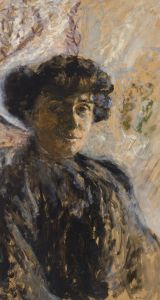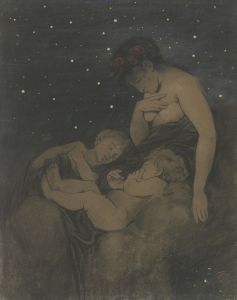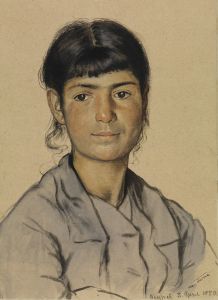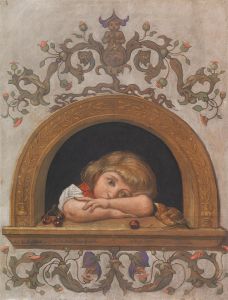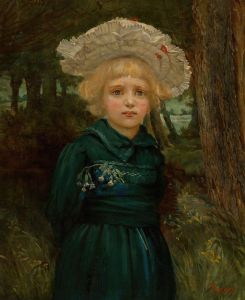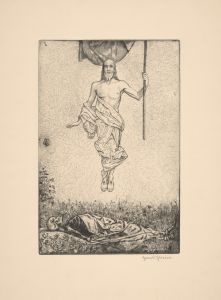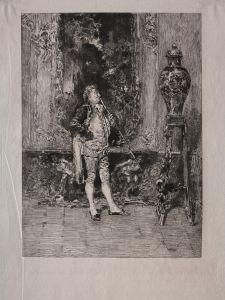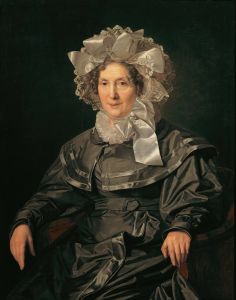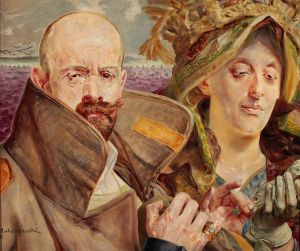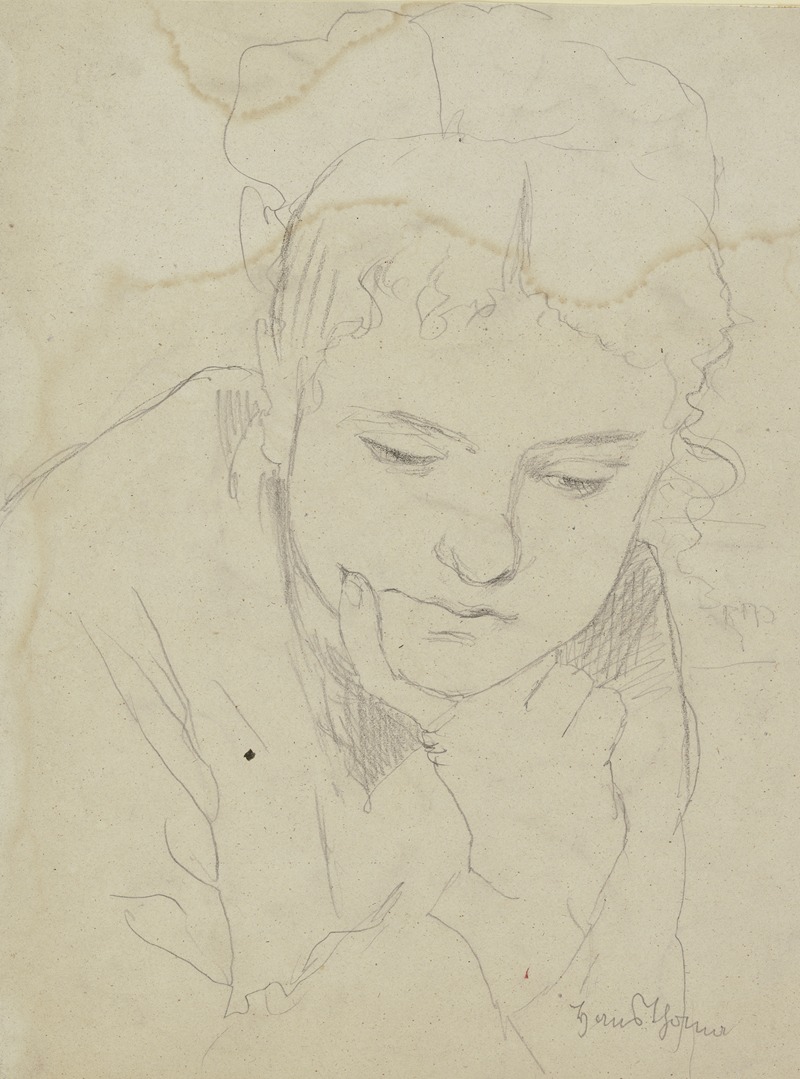
Bildnis der Cella Thoma, der Ehefrau des Künstlers
A hand-painted replica of Hans Thoma’s masterpiece Bildnis der Cella Thoma, der Ehefrau des Künstlers, meticulously crafted by professional artists to capture the true essence of the original. Each piece is created with museum-quality canvas and rare mineral pigments, carefully painted by experienced artists with delicate brushstrokes and rich, layered colors to perfectly recreate the texture of the original artwork. Unlike machine-printed reproductions, this hand-painted version brings the painting to life, infused with the artist’s emotions and skill in every stroke. Whether for personal collection or home decoration, it instantly elevates the artistic atmosphere of any space.
Hans Thoma, a prominent German painter of the 19th and early 20th centuries, created the artwork Bildnis der Cella Thoma, der Ehefrau des Künstlers (Portrait of Cella Thoma, the Artist's Wife). This painting is a portrait of Thoma's wife, Cella Thoma, whose full name was Maria Theresia Cella. The work is an example of Thoma's skill in capturing intimate and personal subjects, reflecting his connection to his family and his ability to portray human emotion with subtlety and depth.
Hans Thoma was born in 1839 in Bernau in the Black Forest region of Germany. He is known for his landscapes, portraits, and genre paintings, often inspired by the natural beauty of his homeland and the traditions of German Romanticism. His style blends elements of realism with a touch of idealism, and he was influenced by artists such as Albrecht Dürer and the early German Renaissance painters. Thoma's works often exhibit a simplicity and clarity that distinguish them from the more dramatic and emotional tendencies of other 19th-century art movements.
The painting Bildnis der Cella Thoma is a testament to Thoma's personal life and his relationship with his wife. Cella Thoma was a significant figure in the artist's life, and her presence in his work highlights the importance of family and domestic life in his artistic vision. The portrait likely reflects the artist's affection and admiration for his wife, capturing her likeness with careful attention to detail and a sense of warmth.
While specific details about the painting's creation, such as its exact date or current location, are not widely documented, it is consistent with Thoma's broader body of work, which often focused on themes of nature, family, and personal connection. The painting is an example of his ability to combine technical skill with emotional resonance, creating works that remain appreciated for their sincerity and timeless quality.
Hans Thoma's legacy as an artist is celebrated in Germany, particularly in Karlsruhe, where the Hans Thoma Museum houses many of his works. His contributions to German art have earned him recognition as one of the key figures bridging the Romantic and modern periods in European painting.
Further research may be required to provide additional context or details about this specific painting.





